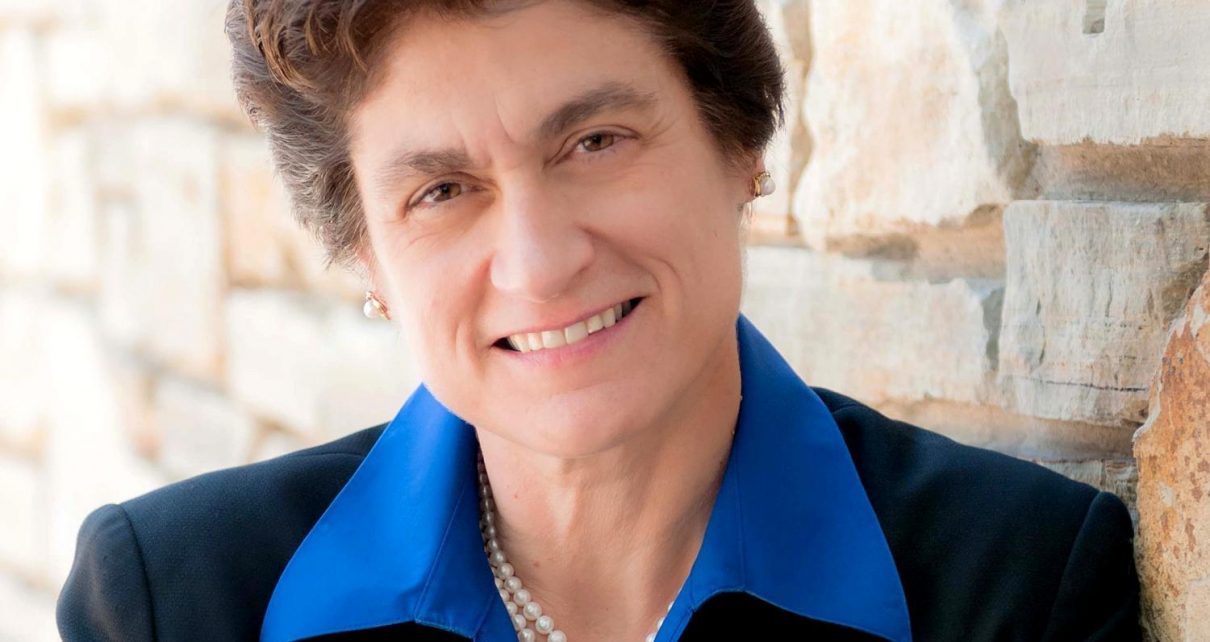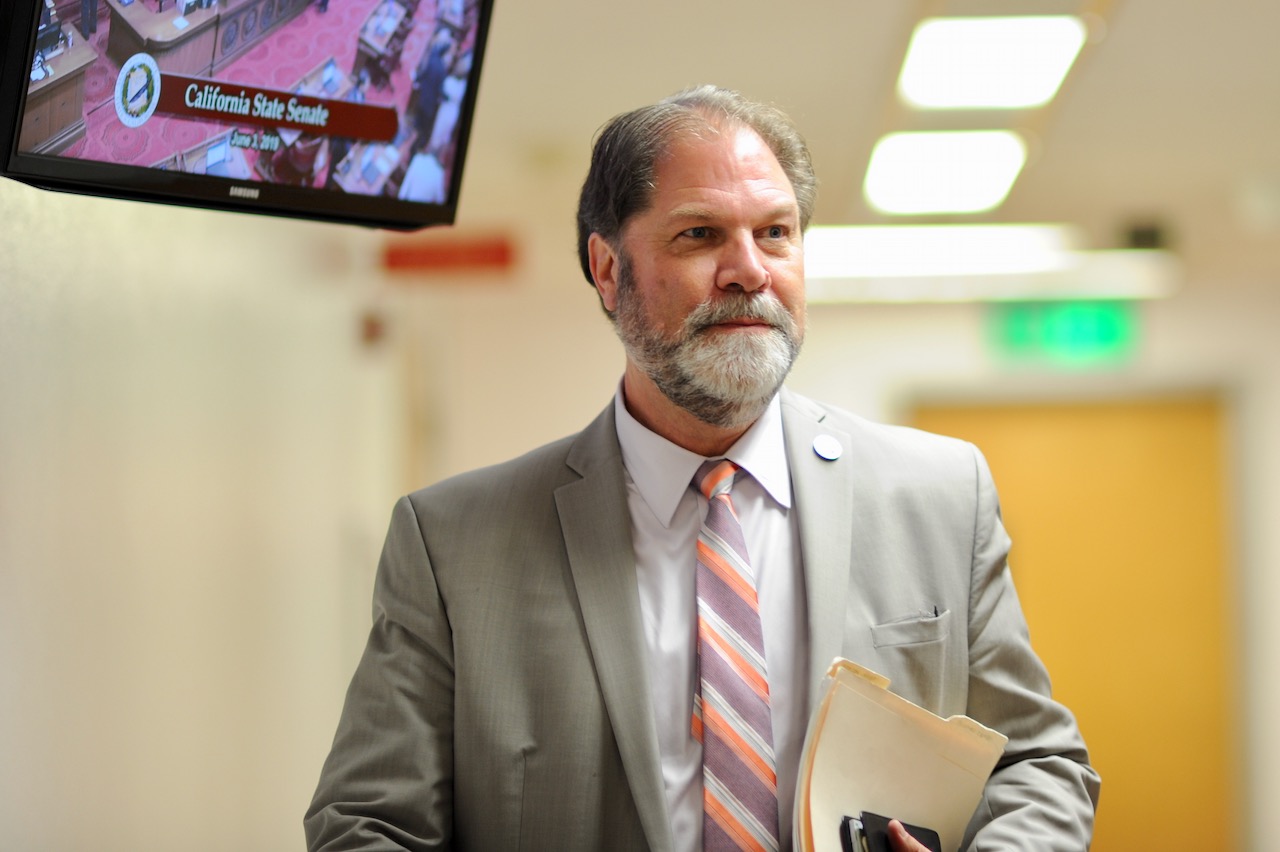
State Auditor Finds Dept of Corrections Rehabilitation Programs a Total Failure
Inmates who go through failed rehabilitation programs earn credits toward reducing their sentences
By Katy Grimes, February 5, 2019 3:01 pm

Although the number of inmates housed in state prisons has decreased in recent years, recidivism rates for inmates in California have remained high, averaging around 50 percent over the past decade. This is according the Elaine Howle, California’s State Auditor, in her January 2019 audit: California Department of Corrections and Rehabilitation: Several Poor Administrative Practices Have Hindered Reductions in Recidivism and Denied Inmates Access to In‑Prison Rehabilitation Programs.

“If we are releasing more people from prisons and jails and the recidivism rate is the same, as the audit shows, the effort is a disaster,” Michele Hanisee said in an interview. Hanisee is the President of the Association of Deputy District Attorneys. “By itself, this finding would be troubling enough. But as the State of California rushes to empty its prisons no matter the risk to public safety, the prospect of early release of dangerous prisoners who haven’t undergone any meaningful rehabilitation is positively unnerving.”
“Since 2012 Corrections has expanded cognitive behavioral therapy (CBT), vocational education, and academic education to all of its 36 prisons, including a corresponding increase in its budget for in‑prison rehabilitation programs, from $234 million in fiscal year 2013–14 to $298 million in fiscal year 2018–19,” the audit found. “Corrections has also begun administering the tools it uses to assess rehabilitative needs for a greater number of inmates, and has created ways to better ensure its CBT vendors are providing services consistently and efficiently. However, since this expansion, Corrections has not undertaken sufficient effort to determine whether these programs are effective at reducing recidivism.”
“The findings are especially troubling given that the state is saddled with the mess known as Prop. 57,”said Hanisee. “Prop. 57 offers inmates – including those convicted of horrific violent crimes – the chance of early release. Even worse, inmates who go through rehabilitation programs, which are now documented to be failures, can earn credits toward reducing their sentences. All that matters is showing a ‘completed program.’ It doesn’t matter how meaningless or ineffective the program proved to be.”
“The CDCR’s response to its failures – give us more money,” Hanisee said. “For the programs that don’t work – $6.4 million more at California State Prison, Sacramento, and $7.1 million more at San Quentin State Prison.”
In 2011, Gov. Jerry Brown’s A.B. 109 “realigned” California’s overcrowded prison system, shifting responsibility of repeat, newly classified “nonviolent” offenders from state prisons to county jails. Those released were assigned county probation officers rather than state parole officers. Many of those newly “non-violent” criminals let out of county jails due to overcrowding are living on California streets, on parkways, rivers, and canals, and using the streets as their toilets.
Hanisee said that the City of Los Angeles recently reported crime was down across the city. “That’s great,” she said. “You know how they did it? Boots on the ground. They took cops out of managerial positions and put them out on the streets, employing the old ‘broken windows’ theory.”
The California Department of Corrections and Rehabilitation reports that 75 percent of recidivists commit their re-entry crime within a year of release. With AB 109 and Prop. 47 statistics potentially exploding with recidivist offenders, the Democrats in the Legislature passed Assembly Bill 1050, ordering the Board of State and Community Corrections to redefine “recidivism” in an effort to lower recidivism statistics.
The previous definition of “recidivism” was “arrests,” rather than “convictions,” and it was within one year, not three years.
Prop. 47 actually reclassified felons with prior convictions for armed robbery, kidnapping, carjacking, child abuse, residential burglary, arson, assault with a deadly weapon, and many other crimes. That reclassification ultimately eliminates jail time for some serious offenders. “Doesn’t it follow that if we are releasing more from prison and they are not rehabilitated, more crime will follow?” Hanisee asked.
State Auditor Howle recommended more and effective oversight, as well as the Legislature requiring CDCR to “establish performance targets, including ones for reducing recidivism and determining the programs’ cost‑effectiveness, and to partner with external researchers to evaluate the effectiveness of its rehabilitation programs.”
“The real issue is not ‘oversight and monitoring’ but whether the programs deliver real and measurable results,” Hanisee said. “Otherwise, these programs are nothing more than expensive fluff for paid for by taxpayers, with the sole beneficiaries being the inmates who get an early release for attending useless programs. Which begs the question – if they aren’t actually being rehabilitated, why are they being released early?”
Hanisee said everyone agrees that actually rehabilitating people is wonderful, “but how do we do that?” she asked. “Not everyone can be rehabilitated, either because of choice, or just DNA. Punishment is for people who don’t understand right and wrong.”
- SBA Administrator Kelly Loeffler Calls on Gov. Newsom to Request Disaster Declaration for Small Businesses Impacted by L.A. Riots - June 10, 2025
- ActBlue’s Hyperbolic Report on ‘BIG OIL’ CEOs Tax Savings Under Trump - June 10, 2025
- ‘The Current LA Riots are an Example of Your Tax Dollars Hard at Work’ - June 9, 2025








As a teacher who works in a prison, and one who has read the report, the report says the shortcomings are at the feet of the administrators. We teachers are a hard working group and are constrained by department policies. Policy says our classes must be full regardless. We have many inmates that are incorrectly assigned.
I am a former lifer. I worked as a facilitator in a Re-Entry class at CSP-Solano and CSP-San Quentin for about 15 yrs. I have a pretty good sense for what is effective and what is not. If the auditor would do a survey of lifers, the auditor will come up with far better statistics on recidivism. I have followed trends in recidivism for many years, and I believe that if we want to be effective in bringing those numbers down, we need to strengthen our sentencing laws, not weaken them. When I sat in prison for 19+ years, I wanted nothing more than to go home. All inmates want to get out of prison as quickly as possible. The truth is, if California was to bring back the indeterminate sentencing laws of long ago, we would bring those numbers down. The one and only problem with the old indeterminate sentencing law was that CDC&R had control over who was granted parole and who was denied. Then the CCPOA was given far too much power over prison operations. This caused an incentive for the guards union to keep prisons full, which meant prison growth and union growth. We need a non-partisan group/agency to review all in mate’s eligibility for parole. Sentences of 16 months, 2 years or 3 years, needs to be eliminated. Replace these structured sentences with 6 months to life, 1 year to life, 5 years to life, etc. Only after an inmate earns his/her GED, college degree, parenting, drug rehab certificates will he/she even be considered for release. One program at San Quentin has a 100% success rate, meaning that not one lifer who graduated from this program ever returned to prison. This program is called Guiding Rage Into Power (or GRIP). I was a member of the first graduating class. This program teaches inmates about “empathy” and exactly what makes a person act and feel the way he/she does. “Hurt people hurt people.” This is an in-depth study of self! The subject matter of this program is rooted in Emotional Intelligence, and it never fails to get students to cry and shed many tears over the wrongs they have done in their lives. California truly needs to look at this program and do more to offer it statewide, but, it should only be offered to those inmates who have had time to sit in prison long enough to really be ready to take a good look at what put them there in the first place. When a person is made to sit in prison long enough, it gives this person ample time to really think of what put him/her there. That is key to being successful.
I tried to express my thoughts about the union and prison administration but was somehow shut out
I am a recently retired Career Technical Education Teacher. I began in 1987 at CSP Solano and went on to work at Pelican Bay, Valley State Prison for Women, and Valley State Prison (after converted for men). In all those years, I had many inmates come through my Computer Technology Program who had a great desire to learn and have a successful parole. I would say the long-termers had the greatest desire and potential for successful reintegration. They generally “wanted” to learn, to change their criminal thinking patterns, and appreciated being able to come to class after living in a Level 4 mainline for years. The younger and lower-level offenders were still immature and largely took courses simply for the early release credits, not for the benefit of the education they were receiving. It was my observation that most inmates who had potential to successfully reintegrate had a few common denominators: humility; insight into their criminal behavior; remorse for their crimes and compassion toward the sufferings of their victims; a desire to learn and change criminal thinking; a supportive family on the outside; a realization that their lives have meaning and purpose; goals and objectives for the future; a desire to help others and not just themselves; and, a belief in themselves that they could, if given the opportunity make a difference in the world. Another need for successful programs is for the Education Department Administrators to be given more control over inmate assignments to courses. I have been contacted by many of my former students who are now off parole, gainfully employed, and living fulfilling lives. I have even attended the graduation of one of my former students as she received her Master’s degree in Social Work. The programs work when inmates who are ready to change are enrolled and when teachers are hired who care about their students they serve and guide them into experiencing true life changes.
I wish the auditor would please contact me.